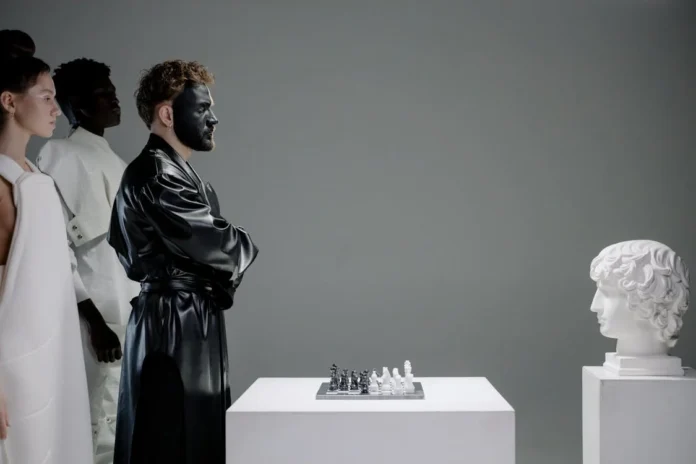Pixel art, with its nostalgic charm and intricate design details, has captivated both artists and audiences for decades. But with the advent of artificial intelligence (AI), the creation of pixel art is undergoing a transformation. In this post, we’ll explore whether AI can make pixel art, from its historical roots to its future potential.
Introduction to Pixel Art
Pixel art emerged in the late 20th century as a staple of early video games and digital interfaces. Characterized by its blocky, pixel-by-pixel approach, it offers a unique aesthetic that harks back to the days of 8-bit and 16-bit gaming consoles. The meticulous nature of pixel art requires a keen eye for detail and a deep understanding of color and composition, making it both challenging and rewarding for artists.
The Role of AI in Pixel Art Creation
AI has made significant strides in various fields, including digital art. When it comes to pixel art, AI can serve multiple roles:
- Generation:
- AI algorithms can create pixel art from scratch, using machine learning models trained on vast datasets of existing pixel art.
- Tools like DeepArt and PixelMe can convert photos and other images into pixel art, employing neural networks to mimic the style and intricacy traditionally achieved by human artists.
- Enhancement:
- AI can upscale low-resolution pixel art while preserving its distinctive aesthetic, as seen with tools like Waifu2x and Let’s Enhance.
- Artbreeder allows users to blend and modify pixel art, experimenting with styles and features that may be time-consuming to achieve manually.
Advantages and Disadvantages
Advantages
- Efficiency:
- AI can generate and enhance pixel art at a speed and scale unattainable by human artists, making it a valuable tool for large projects and tight deadlines.
- Consistency:
- AI ensures consistent quality and style across multiple pieces, which is crucial for video game development and other collaborative projects.
- Innovation:
- By exploring new patterns and combinations, AI can introduce novel aesthetics and techniques, pushing the boundaries of traditional pixel art.
Disadvantages
- Lack of Creativity:
- AI-generated art may lack the unique creativity and emotional depth inherent in human-made pieces. While AI can mimic styles, it struggles to infuse personal touch and artistic vision.
- Quality Concerns:
- The effectiveness of AI tools depends on the quality of the training data and algorithms. Poorly trained models can produce subpar results, requiring additional human intervention.
- Dependency:
- Over-reliance on AI might stifle the development of traditional pixel art skills, as artists may become more dependent on technology than their own creative abilities.
AI vs. Human Creativity
While AI excels in efficiency and consistency, human artists bring a level of creativity and emotional depth that machines cannot replicate. Human-made pixel art often reflects personal experiences, cultural influences, and individual styles. In contrast, AI-generated art relies on patterns and data, lacking the subjective nuances that make human art so compelling.
Collaboration between AI and human artists can yield fascinating results. For instance, an artist might use AI to generate a base image and then refine it manually, combining the strengths of both approaches. This synergy can lead to innovative creations that neither AI nor humans could achieve alone.
The Future of Pixel Art and AI
The future of pixel art will likely see increased collaboration between AI and human artists. Advancements in AI technology will continue to enhance the capabilities of digital art tools, making pixel art more accessible and versatile.
- Interactive Art:
- AI could enable dynamic pixel art that changes based on user interactions or environmental factors, creating immersive experiences.
- Personalization:
- AI could tailor pixel art to individual preferences, allowing users to customize characters, landscapes, and more with ease.
- Educational Tools:
- AI-driven platforms could serve as educational tools, helping aspiring pixel artists learn techniques and improve their skills through guided practice and feedback.
Conclusion
AI has the potential to revolutionize pixel art, offering new tools and capabilities that complement and enhance human creativity. While there are challenges and limitations to consider, the synergy between AI and traditional artistry holds promise for the future of this beloved medium.
Ready to explore the world of AI-assisted pixel art? Start experimenting with some of the tools mentioned and see how AI can elevate your creative process. Whether you’re a seasoned artist or a newcomer, there’s a place for you in the evolving landscape of digital art.

